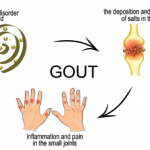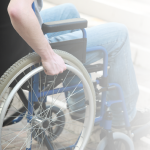ACR BEYOND LIVE—A moonshot concept in rheumatology has long been centered on the question of whether autoimmune disease can be cured. A less frequently posed inquiry, albeit equally important, is: Can the onset of autoimmune disease be prevented in the first place? At the 2020 ACR State-of-the-Art Clinical Symposium, Kevin Deane, MD, PhD, associate professor…






